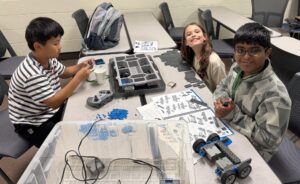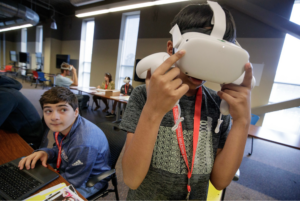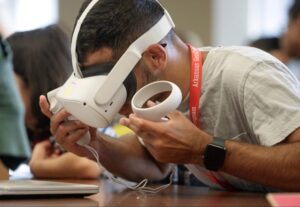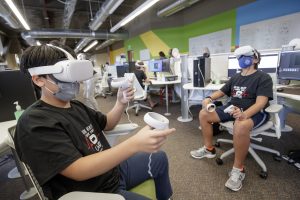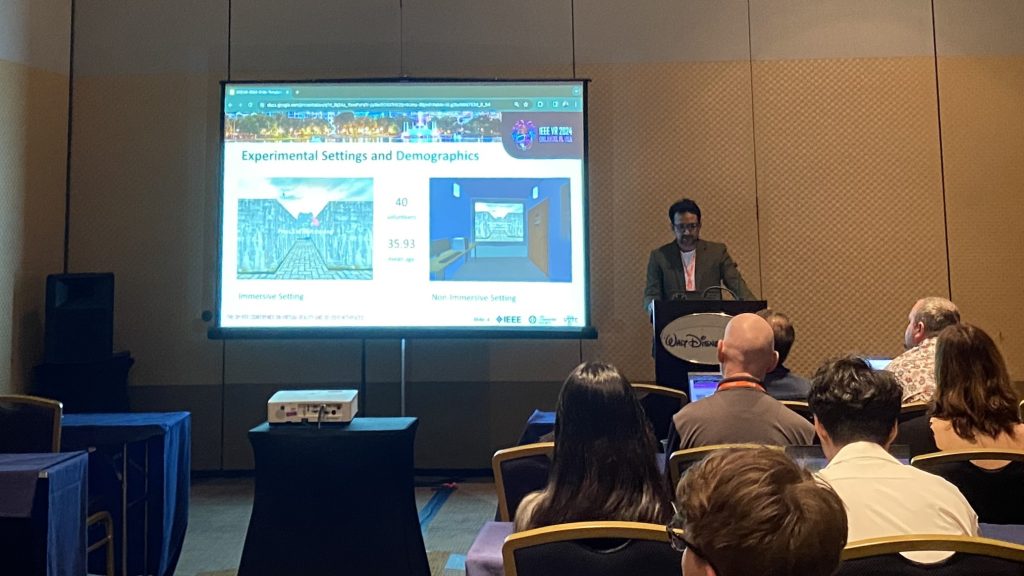
At the IEEEVR 2024 conference, an insightful study was presented by Mohammad Jahed Murad Sunny, a dedicated graduate student, and his mentor, Dr. Arya Basu, from the University of Arkansas at Little Rock. Their collaborative research ventured into understanding how individuals navigate through virtual mazes, focusing on the differences between immersive VR environments and non-immersive setups.
Through this study, they observed participant movements and decision-making processes within a virtual maze. One group of participants navigated the maze using VR headsets, offering a highly immersive experience that closely mimics real-life movements. The other group used standard 2D screens in non-immersive settings, providing a familiar interaction method.
Key findings from their study revealed that immersion significantly influences how individuals move in virtual spaces. Participants in immersive VR setups tended to move forward or backward, correlating directly with their head movements, which mirrors natural exploration behaviors. In contrast, those using a non-immersive setting showed a preference for lateral movements, suggesting a different cognitive engagement with the environment.
This distinction is crucial for developing VR technologies, as it underscores the need for intuitive design that accommodates various levels of user experience and comfort. The study highlights how different setups affect user navigation and decision-making and provides valuable insights for creating more accessible and user-friendly VR environments.

